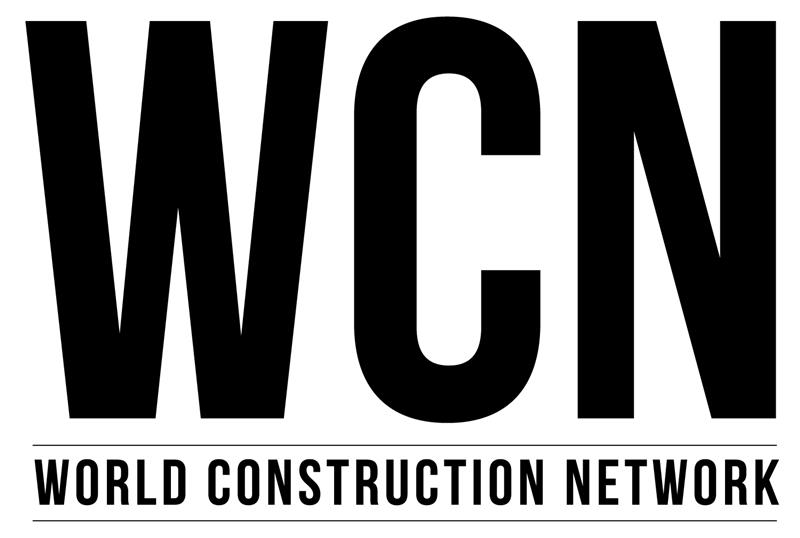The construction industry continues to be a hotbed of patent innovation, with activity driven by an increased focus on sustainability and workplace safety, and the growing importance of technologies such as the Internet of Things (IoT) and robotics. In the last three years alone, there have been over 27,000 patents filed and granted in the construction industry, according to GlobalData’s report on Environmental sustainability in construction: self-healing concrete. Buy the report here.

Discover B2B Marketing That Performs
Combine business intelligence and editorial excellence to reach engaged professionals across 36 leading media platforms.
However, not all innovations are equal and nor do they follow a constant upward trend. Instead, their evolution takes the form of an S-shaped curve that reflects their typical lifecycle from early emergence to accelerating adoption, before finally stabilizing and reaching maturity.
Identifying where a particular innovation is on this journey, especially those that are in the emerging and accelerating stages, is essential for understanding their current level of adoption and the likely future trajectory and impact they will have.
80+ innovations will shape the construction industry
According to GlobalData’s Technology Foresights, which plots the S-curve for the construction industry using innovation intensity models built on over 240,000 patents, there are 80+ innovation areas that will shape the future of the industry.
Within the emerging innovation stage, atmospheric water harvesting and recycled concrete fillers are disruptive technologies that are in the early stages of application and should be tracked closely. Smart glazing, eco-friendly HVACs, and recycled waste-based cements are some of the accelerating innovation areas, where adoption has been steadily increasing. Among maturing innovation areas is wall surface temperature controls, which is now well established in the industry.
Innovation S-curve for environmental sustainability in the construction industry

Self-healing concrete is a key innovation area in environmental sustainability
Self-healing concrete is a type of concrete that is able to repair and recover from damage autonomously. The use of self-healing concrete enhances the durability and longevity of concrete structures, mitigating the impact of damage on structural integrity over time, reducing maintenance costs and improving sustainability. There are a number of mechanisms which enable concrete to self-heal, most prominent being biological through the use of bacteria, and chemical through the embedding of substance-filled capsules into the concrete, which rupture when damaged.
GlobalData’s analysis also uncovers the companies at the forefront of each innovation area and assesses the potential reach and impact of their patenting activity across different applications and geographies. According to GlobalData, there are 100+ companies, spanning technology vendors, established construction companies, and up-and-coming start-ups engaged in the development and application of self-healing concrete.
Key players in self-healing concrete – a disruptive innovation in the construction industry
‘Application diversity’ measures the number of applications identified for each patent. It broadly splits companies into either ‘niche’ or ‘diversified’ innovators.
‘Geographic reach’ refers to the number of countries each patent is registered in. It reflects the breadth of geographic application intended, ranging from ‘global’ to ‘local’.
Leading patent filers in the development of self-healing concrete include CEMEX, a manufacturer and provider of cement, ready-mix concrete, aggregates, clinker, and related building materials. Key innovations patented by CEMEX include the development of a granulated additive containing porous micro concrete, bacteria, and a carbon and calcium source to enable the self-healing of microcracks. The invention aims to provide a cost-effective manufacturing solution that overcomes many of the challenges associated with the production of self-healing cement, such as the weak mechanical resistances of the required porous aggregates and the depletion of the bacteria or bacterial spores when mixing due to leaching into the cement paste.
In terms of application diversity, leading innovators in the development of self-healing concrete include James Hardie Industries, a manufacturer of building materials, and Betolar, a building materials technology company. By means of geographic reach, leading companies in the space include Cementir, Gebr Knauf, and Geopolymer Solutions.
To further understand the key themes and technologies disrupting the construction industry, access GlobalData’s latest thematic research report on ESG (Environmental, Social, and Governance) in Construction.
Data Insights
From

The gold standard of business intelligence.
Blending expert knowledge with cutting-edge technology, GlobalData’s unrivalled proprietary data will enable you to decode what’s happening in your market. You can make better informed decisions and gain a future-proof advantage over your competitors.




